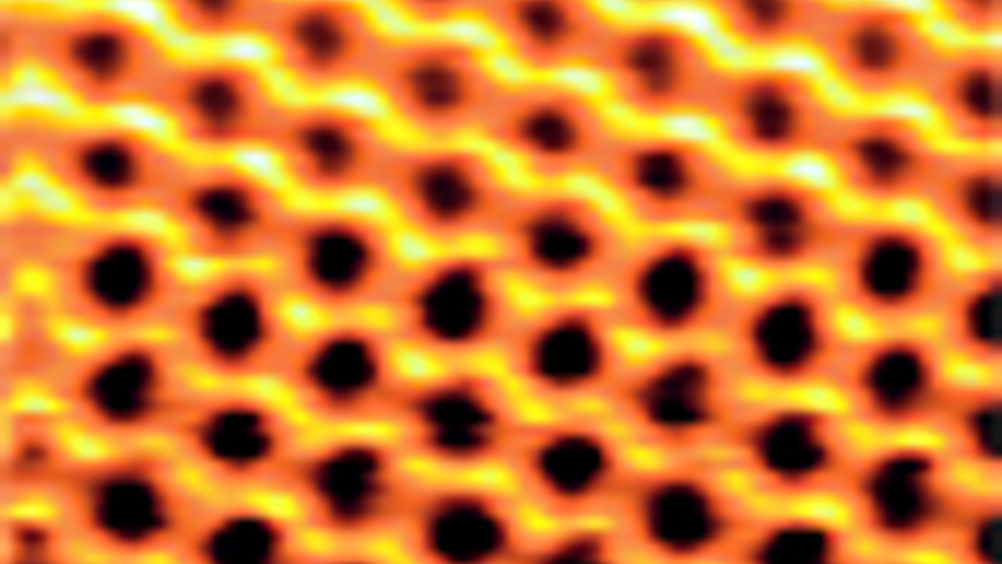Given the edge

Researchers at the University of Illinois at Urbana-Champaign have shown in experiments that the molecular structure of graphene’s edges significantly influences the material’s electronic properties.
Graphene, which was first isolated and studied in
Graphene consists of a hexagonal lattice of carbon atoms. While scientists have predicted that the orientation of atoms along the edges of the lattice would affect the material's electronic properties, the prediction had not been proven experimentally.
‘Our experimental results show, without a doubt, that the crystallographic orientation of the graphene edges significantly influences the electronic properties,’ said Joseph Lyding, a professor of electrical and computer engineering. ‘To utilise nanometre-size pieces of graphene in future nanoelectronics, atomically precise control of the geometry of these structures will be required.’
To carry out their work, the researchers developed a method for cutting and depositing nanometre-size pieces of graphene on atomically clean semiconductor surfaces such as silicon. Then they used a scanning tunnelling microscope to probe the electronic structure of the graphene.
Register now to continue reading
Thanks for visiting The Engineer. You’ve now reached your monthly limit of news stories. Register for free to unlock unlimited access to all of our news coverage, as well as premium content including opinion, in-depth features and special reports.
Benefits of registering
-
In-depth insights and coverage of key emerging trends
-
Unrestricted access to special reports throughout the year
-
Daily technology news delivered straight to your inbox










BEAS funding available to help businesses cut energy costs
And not a moment too soon, if the following exchange broadcast last Friday 13th June, on the Radio 4 ´Rare Earth´ program (link below, ~ 17 minutes...